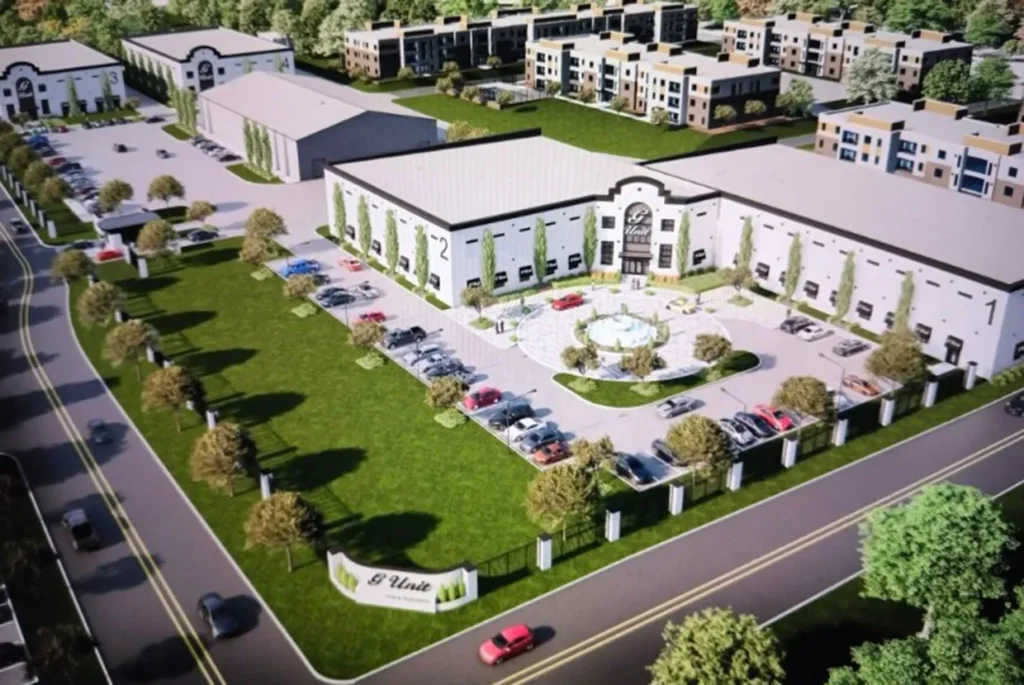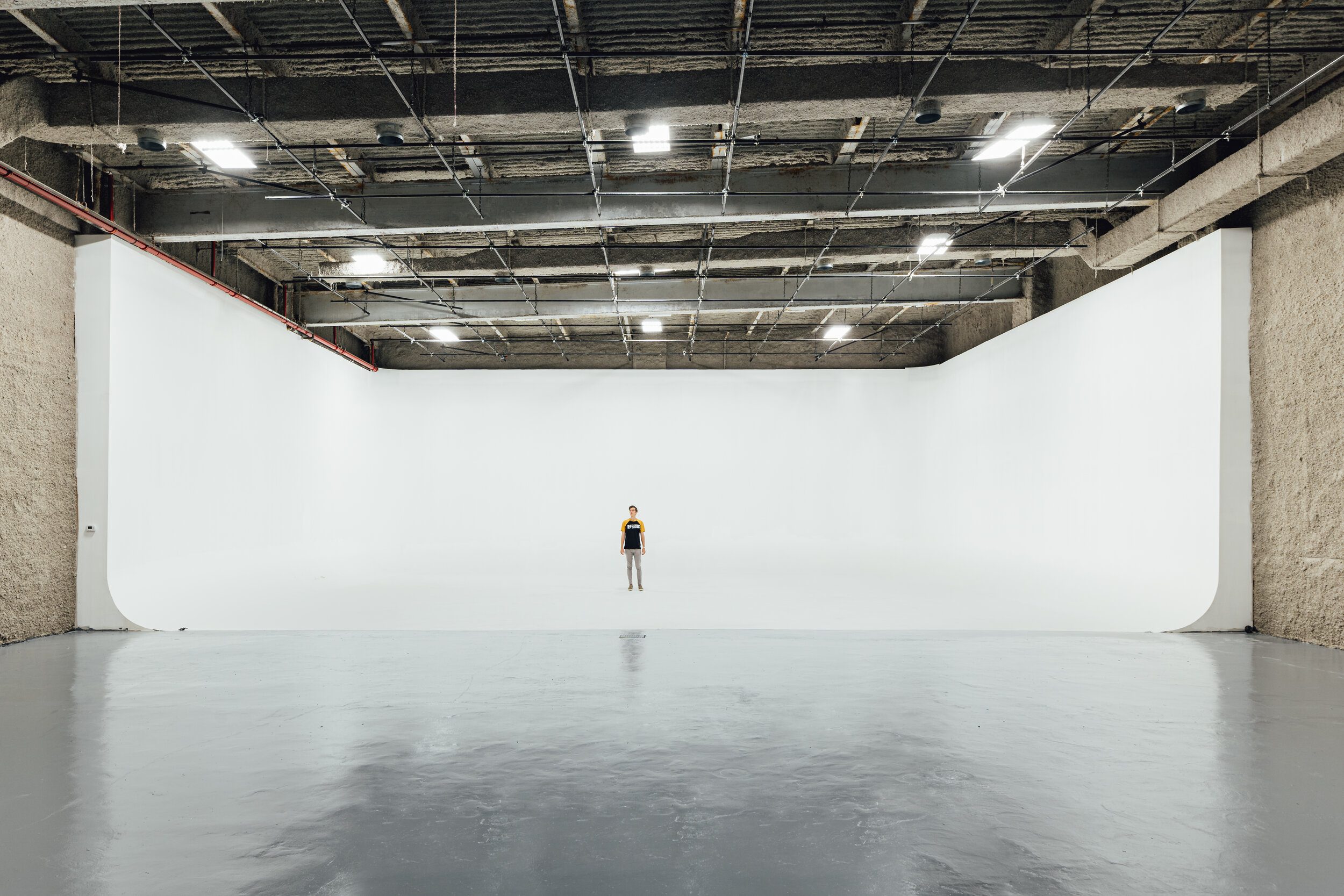After a near miss that left the Louisiana film industry holding its collective breath, the state’s film tax credit program has officially survived. The incentive that helped birth hits like Sinners, Carry-On, and Oscar-nominated Nickel Boys is now locked in through 2031 — a win for one of the original pioneers of state-backed production subsidies in the U.S.
And in true Louisiana style, it didn’t go down without a fight.
When newly elected Governor Jeff Landry floated the idea of eliminating the tax credits, it sent shockwaves through Hollywood and local soundstages alike. But industry leaders, lawmakers, and even small-town constituents pushed back hard. The result? The program remains, with a few key caps and concessions — and crucially, a vote of confidence for production crews, studios, and out-of-state producers wondering if Louisiana was still worth the call sheet.
Stability Matters. So Does Scale.
“We need legislative consistency if we want this industry to grow,” said Jason Waggenspack, CEO of The Ranch Film Studios and president of Film Louisiana. “These productions bring thousands of jobs, and the money doesn’t just go to crew — it flows into hotels, restaurants, lumberyards, and dry cleaners.”
His studio, built out of two former big-box stores, now spans 300,000 square feet. Waggenspack says the state’s return on investment isn’t just theoretical — it’s a local economic engine that spins six times over with every production dollar spent.
More Than the French Quarter
While New Orleans remains the marquee, the entire state is in play. In fact, productions that shoot outside of Orleans Parish receive an extra 5% tax credit, and hiring Louisiana residents earns an additional 15% bump.
That’s by design. From Cajun country to Baton Rouge, Film Louisiana has been aggressively working to show legislators that this is a statewide economy — and that it pays. “We’re just manufacturing entertainment instead of steel,” said Celtic Studios Executive Director Corey Parker.
And it’s not just about glamor — average film and TV production salaries in Louisiana are 60% higher than the state average.
Training the Next Generation of Crew
Since 2017, Louisiana has invested 2% of every tax credit issued into workforce development via the Entertainment Development Fund. Today, 18 universities offer film and digital media programs, and nonprofits are bringing hands-on training to middle schoolers.
“Most kids don’t know this is even an option,” Waggenspack said. “We want to show them they can have a real career here, in film, without leaving Louisiana.”
G-Unit Enters the Chat
Add to that one of the industry’s most headline-grabbing new players: 50 Cent. The rapper-turned-producer is opening a full-scale studio in Shreveport under his G-Unit Films & Television banner. COO Temple Williams called the project “a Trojan horse for urban renewal.”
The plan? Use G-Unit content to create consistency and volume, anchoring stable, year-round employment in Northwest Louisiana. Their model isn’t just about chasing third-party bookings — it’s about anchoring the space with in-house production.
The team expects to complete renovations of the former Millennium Studios space within the year.
Looking Ahead: Episodics, Above-the-Line Uplift, and International Competition
With international production heating up again post-strikes — and a strong dollar encouraging U.S. producers to shoot abroad — Louisiana is eyeing upgrades. Among the ideas floated: raising caps on above-the-line talent to accommodate the streaming era’s A-list episodic stars and bundling incentives for multi-project studio commitments.
“Studios want to bring three or four productions in a row,” Waggenspack said. “We’re figuring out how to make Louisiana the obvious choice.”

50 Cent’s G-Unit Studios in Shreveport
















